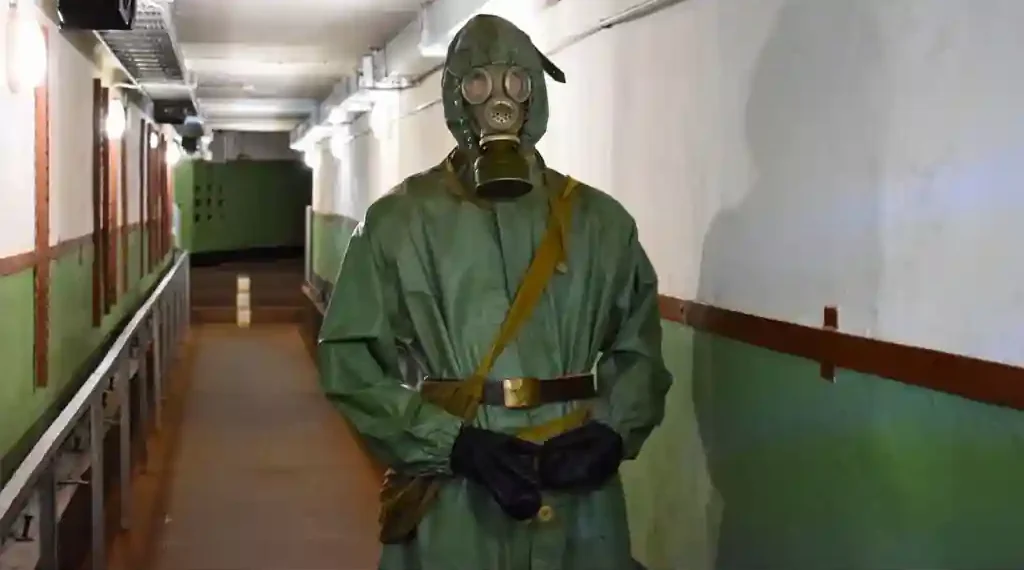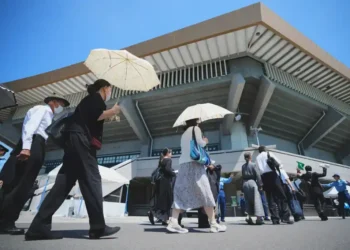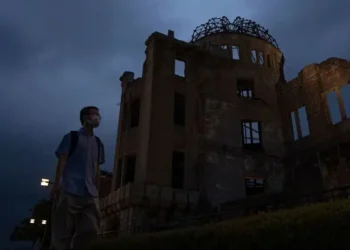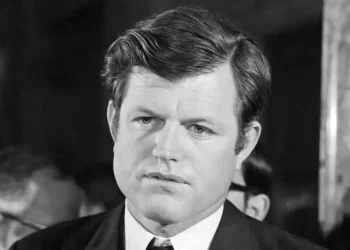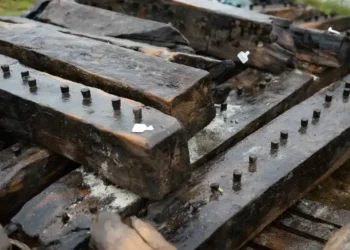Inside Lithuania’s Plokštinė Missile Base: From Cold War Secret to Public Museum
Written: July 30, 2025, 16:00 EDT
Tucked away in the tranquil forests of Žemaitija National Park, Lithuania, lies an unusual tourist attraction with a chilling past. Once a top-secret Soviet nuclear missile site, the Plokštinė Missile Base has been transformed into a Cold War Museum, offering visitors an immersive look at the tensions and secrecy that defined 20th-century geopolitics.
More than just an underground bunker, the site is a symbol of Cold War strategy, Soviet militarization, and Lithuania’s transformation from occupation to independence.
A Forest Hiding a Cold War Legacy
Surrounded by dense birch and pine forests 30 miles inland from the Baltic Sea, the Plokštinė Missile Base was strategically located in a remote part of what was then the Lithuanian Soviet Socialist Republic. Today, it is nestled within Žemaitija National Park—a region celebrated for its lakes, wetlands, and traditional villages.
In stark contrast to the peaceful landscape, four white, concrete domes emerge from the trees. These structures once concealed intercontinental ballistic missiles capable of reaching Western Europe. Today, they house museum exhibits that have attracted over 35,000 visitors in 2024 alone.
The juxtaposition is striking: nature and history, peace and power, past and present.
The Strategic Significance of Lithuania During the Cold War
During the Cold War, Lithuania’s position along the Baltic Sea made it a key location for Soviet military operations. Along with neighboring Latvia and Estonia, it was heavily militarized, with missile bases, garrisons, and military-only towns.
The Plokštinė forest’s remote setting was ideal for secrecy. Nearby Lake Plateliai supplied water for the base’s cooling systems, and the sparse population made it easier to keep construction under wraps. Its soft, sandy soil also made it suitable for underground excavation.
According to Cold War Museum guide Aušra Brazdeikytė, who grew up near the site, locals knew something was being built, but no one asked questions. “We worked alongside soldiers from other Soviet republics,” she said, “but speaking about the military was dangerous. Silence was survival.”
Construction and Secrecy: A Hidden Underground Complex
Construction of the missile base began in 1960 and involved more than 10,000 workers drawn from across the Soviet Union. Completed in 1962, the facility was fortified with an electric perimeter fence and surrounded by thick forest, making it nearly impossible to access without authorization.
The complex included four missile silos, each 100 feet deep, designed to hold R-12 Dvina intermediate-range missiles. The base also had an underground command center and its own emergency power plant, built to function independently if necessary.
Despite the large-scale operation, U.S. intelligence did not detect the facility until 1978, long after it had been decommissioned under disarmament agreements between the U.S. and USSR.
Transformation into a Cold War Museum
After Lithuania regained independence in 1990, the missile base was abandoned and stripped for scrap metal. It remained neglected until European Union funds helped convert the site into a museum, which officially opened in 2012.
Today, visitors enter through a hermetically sealed hatch, passing a Russian-language sign reminding them to wipe their feet—an echo of the base’s past discipline.
Inside, dim corridors lead to exhibits of Soviet-era propaganda, statues of Lenin and Stalin, and historical displays covering espionage, nuclear arms, and ideological rivalry. One hall is dedicated to Cold War technologies, while another focuses on the daily life of soldiers stationed at such bases.
There are also eerie lifelike mannequins posed in Soviet uniforms, reinforcing the otherworldly feel of the underground maze.
The Missile Silo: A Chilling Centerpiece
The most dramatic part of the museum is the missile silo itself—a gaping 100-foot-deep shaft that once held weapons capable of catastrophic destruction.
Although no missile was ever launched from Plokštinė, the silo was the site of tragic accidents. “One soldier died during a routine inspection when his safety belt broke,” Brazdeikytė explained. “Two others lost their lives in a nitric acid spill while refueling the missile.”
Such stories remind visitors of the human risks that accompanied Cold War militarization—even in times of peace.
The Ghost Town Nearby
Just steps from the missile silos lies a forgotten military town that once housed roughly 300 personnel. Though largely reclaimed by nature, remnants remain: dilapidated barracks, overgrown roads, and storage bunkers camouflaged under grass and soil like ancient ruins.
After the site’s decommissioning, parts of the town were oddly repurposed into a children’s summer camp called Žuvėdra (meaning “seagull”), which operated until 1990. A faded mural of a gnome holding a flower still greets visitors at an old bus stop—a surreal image in such a somber setting.
From Cold War Scar to Cultural Landmark
The transformation of Plokštinė is symbolic of Lithuania’s broader journey. Once a site of global nuclear tension, it is now a place of learning and reflection, offering context to modern-day geopolitics and Lithuania’s Soviet past.
Žemaitija National Park, where the base is located, is now one of Lithuania’s top travel destinations. It offers scenic hiking and cycling trails, campsites, and cultural experiences rooted in the Samogitian region—known for being one of the last parts of Europe to adopt Christianity.
Local Traditions and Attractions
While the missile base attracts history enthusiasts, the surrounding region offers a rich cultural experience. The nearby town of Plateliai features the historic Church of Apostles Peter and Paul, an 18th-century wooden structure known for its intricate carvings. A restored local manor houses the Mardi Gras Museum, showcasing traditional wooden masks.
Local cuisine is also a highlight. Visitors can enjoy Žemaičių blynai, or Samogitian meat-stuffed potato pancakes; cepelinai, hearty dumplings filled with meat or cheese; and šaltibarščiai, a distinctive pink beet soup served cold—perfect for summer.
Conclusion: From Hidden Missile Base to Hidden Gem
The Plokštinė Missile Base is no longer a secret—but it remains a powerful reminder of the Cold War era. As part of Žemaitija National Park, it blends stark history with natural beauty, turning a once-dangerous site into a space for education, remembrance, and exploration.
Whether you’re drawn by military history, Soviet relics, or simply the call of the Lithuanian forest, this former missile base offers a uniquely compelling stop on Europe’s cultural and historical map.
This article was rewritten by JournosNews.com based on verified reporting from trusted sources. The content has been independently reviewed, fact-checked, and edited for accuracy, neutrality, tone, and global readability in accordance with Google News and AdSense standards.
All opinions, quotes, or statements from contributors, experts, or sourced organizations do not necessarily reflect the views of JournosNews.com. JournosNews.com maintains full editorial independence from any external funders, sponsors, or organizations.
Stay informed with JournosNews.com — your trusted source for verified global reporting and in-depth analysis. Follow us on Google News, BlueSky, and X for real-time updates.
